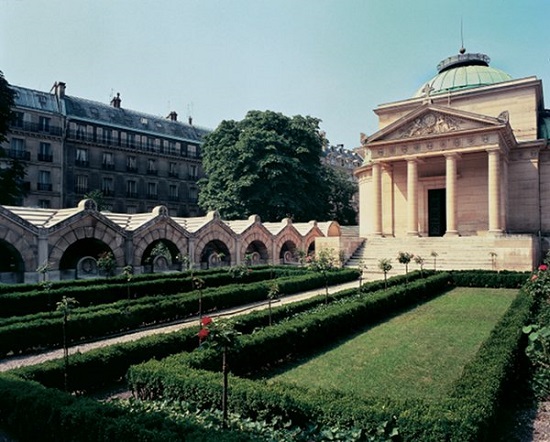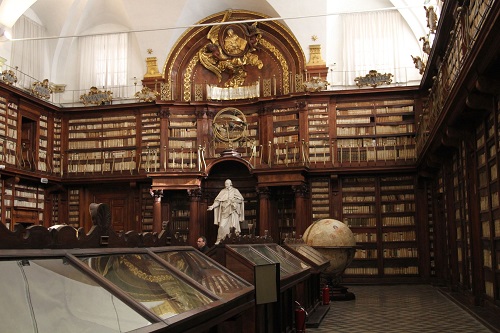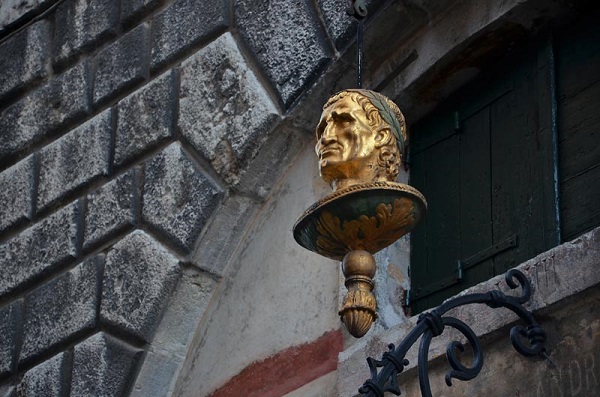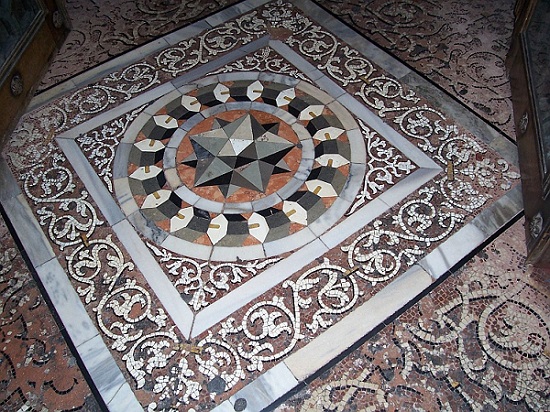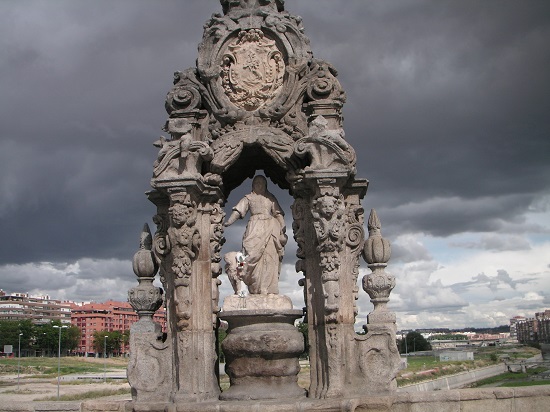
If you walk across the Pont de Toledo over the Manzanares river in Madrid, you will see a stone niche protecting a forgotten sculpture of Santa María de la Cabeza, the widow of San Isidro (St Isidore), male patron saint of Madrid.
The bridge was built between 1718 and 1732 by the architect Pedro de Ribera, who was probably inspired by a legendary episode from the life of Santa María and San Isidro: each night, María dreamed that the mother of Christ could cross the Jarama river by spreading her cape on the waters. It was in memory of this event that the Toledo bridge was built.
Santa María de la Cabeza’s original name was María Toribia. She was born in the twelfth century at Guadalajara and lived at Torrelaguna, in Madrid province, dying between 1175 and 1180. Throughout her life she proved herself to be devoted, pious and greatly charitable. On several occasions she retreated from the world to live as a hermit, which gave rise to mistaken ideas about her life, with some saying that she was just an uneducated peasant. This rumour was later denied by the Templars, who held her in high regard.
At the side of her husband Isidro, whom she met when fleeing from the Almoravid conquest, she undertook numerous religious studies and became an expert in the cult of the Virgin Mary, for whom the Templars showed great devotion.
On her death, she was buried in the Visigothic church of Santa María which she had diligently attended, on the banks of the Jarama near Torrelaguna, a property that belonged to the Order of the Templars until 1311. There, her head was placed in a reliquary on the main altar of the oratory. After the disbanding of the Templars, her body and head were transported to the Franciscan convent of Nuestra Sênora de la Piedad de Torrelaguna and preserved in the sacristy in an ivory coffer. The relics remained there until they were again transferred, this time to Madrid in 1645. The in 1769 they were moved from the oratory of Cases Consistoriales to the altar of Collégiale de San Isidro, where the relics of her husband are venerated to this day.
All these details, examined by apostolic authorities, led Pope Innocent XII to beatify her and confirm the immemorial cult of the servant of God on 11 August 1697. Thus the name of Santa María de la Cabeza was inscribed on the list of martyrs: her feast day is celebrated on 9 September.


